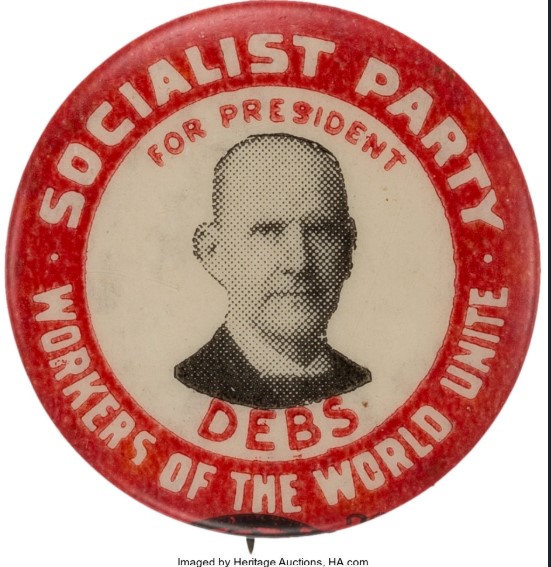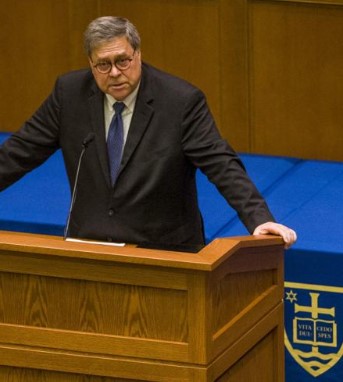Just out last month is a collection of essays edited by two Princeton historians, Kevin M. Kruse and Julian E. Zelizer, Myth America: Historians Take On the Biggest Legends and Lies About Our Past. An excellent contribution to public education (despite its too-twee title), the book’s premise is that these myths derange our politics and undermine sound public policy. Although the authors address a few “bipartisan myths,” they focus on myths of the Right.
For example, Akhil Reed Amar argues that the Constitution was not designed to restrain popular democracy but was instead a remarkably populist document for its time. Daniel Immerwahr debunks the sanctimony that the U.S. has not pursued empire; just ask the Tejanos, Sioux, Hawaiians, Filipinos, etc.. Michael Kazin criticizes the depiction of socialism as a recent infection from overseas. He recounts the long history of popular support for socialist ideas like curbing corporate trusts and he describes the respectability of the Socialist Party a century ago. Elizabeth Hinton challenges the view that harsh police suppression is typically a reaction to criminal violence. She chronicles the long history, especially but not only in the South, of authorities aggressively policing even quiescent communities.
The contributors may have, however, foregone an opportunity to increase public confidence in professional history.[1] They might have done so by conceding the kernels of truths that are found in some conservative stories and also by addressing myths on the Left. There is recent precedent for such balanced fact-checking: Liberal academics pointed out the historical errors in the “1619 Project” and in the blockbuster show, Hamilton. What might have been done with Myth America?










